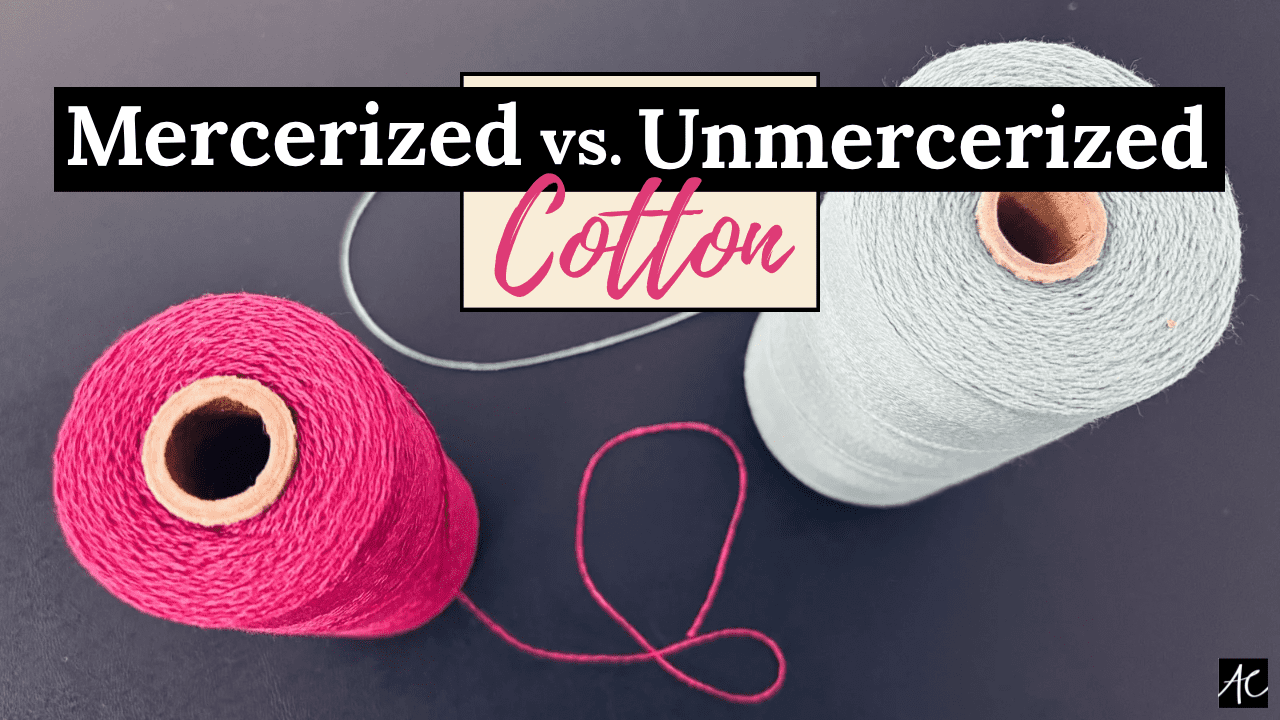Ok, so I sort of butchered the title phrase! But, I think my version accurately applies to the next project! In the past, I’ve created fabric using traditional yarns in the shuttle, and I’ve created fabric using recycled materials – specifically men’s neckties. What if there was something in between? A hybrid, if you will! Let’s see what that might look like! First up, creating a warp!
Because the last project was all about the warm colors, it only seems fitting that the cool colors get a chance to shine in this round! A variety of purples mixed with a pale blue (the blue looks sort of gray in some of my photos) will be just the right blend to create something interesting… At least, that’s the goal!
The brilliance of the warping board is found when the weaver can measure out a lengthy project, ensuring that each individual yarn will be the same length as its neighbor. Like so many weaving tools, it doesn’t look like much. But, it is used for big, ambitious things! Yay, warping boards!!
When you change colors, you cut and knot the yarn at the beginning or ending peg – at least I do! I suppose there may be a way to have the yarn hang out to the side until you need it again. But, I prefer to keep things simple and hopefully, tangle-free. So, I just chop it, tie it, and move it away from the board until I need it again. But, as I design a project, I don’t usually consider what hassle that might be if I’m changing colors every 4th yarn! Ah, artists…
There aren’t really a lot of rules to the warping board! Yet, the point of this step is not only to wind on hundreds of yarns all the same length, but also to wind them on in order! And you need a cross to do that. The cross is the point where all the yarns intersect – one in front of the next one. Because they come from opposite directions, you should be able to “read” the order once it’s off the loom. A little tricky to explain in photographs. For all my non-weaving friends, just know that it’s important. For all my weaving friends, I’m happy to expand if you have questions!
When taking the yarn off the warping board, I start at the bottom and do a little twisty thing until I get to the top. My weaving teacher tried to explain how the twisting motion was similar to a crochet stitch. But, since I’m not a crochet-er, I’m sure I looked at her with glazed-over, non-comprehending eyes. So, she just walked me through it about 50 times until I got it! Teachers are so patient, aren’t they?
All right! The yarn has been measured and is ready to go into the reed! Next up, we’ll be sleying! Makes me so happy!!! Talk to you soon…













